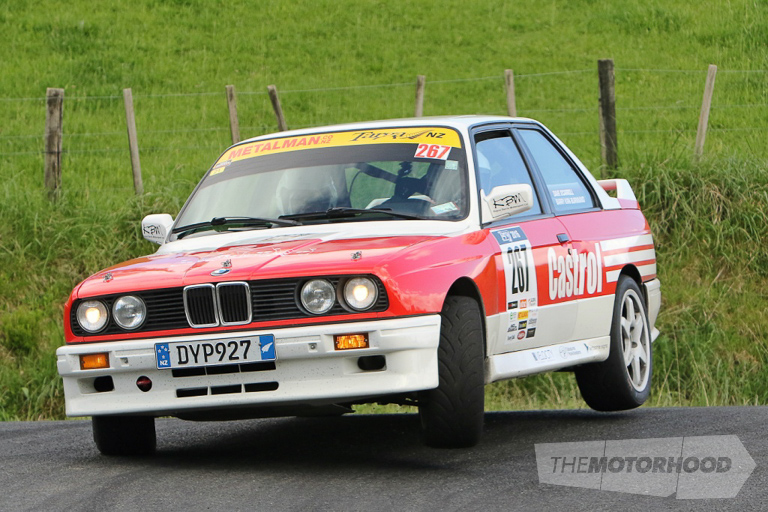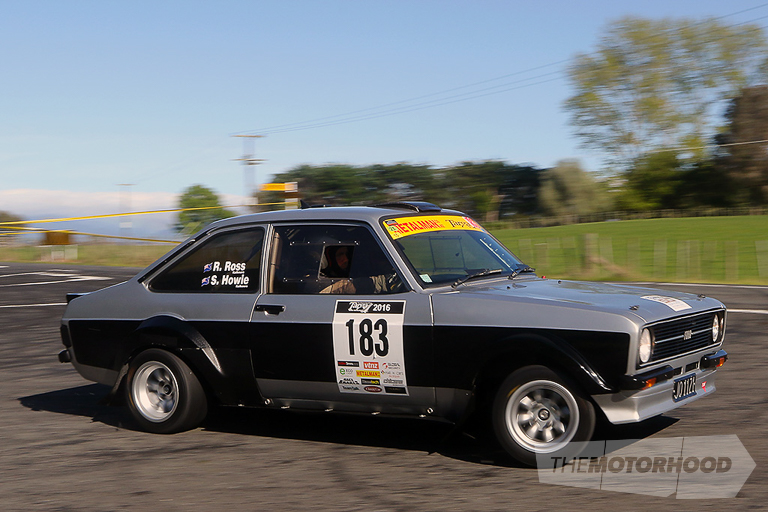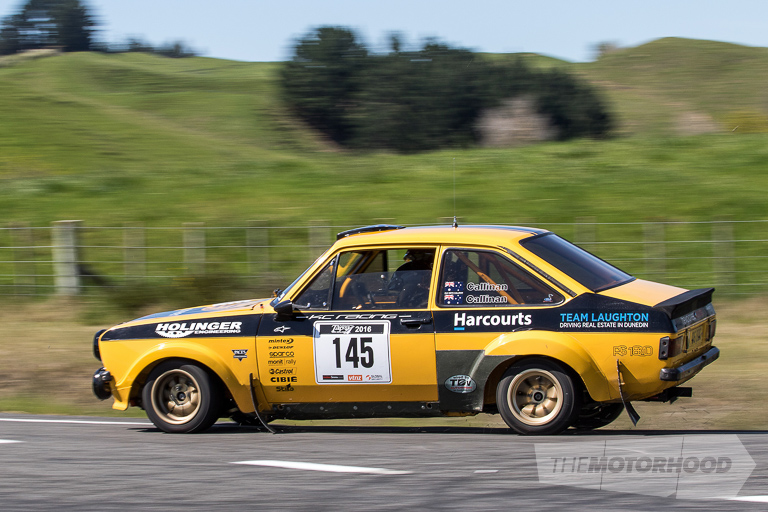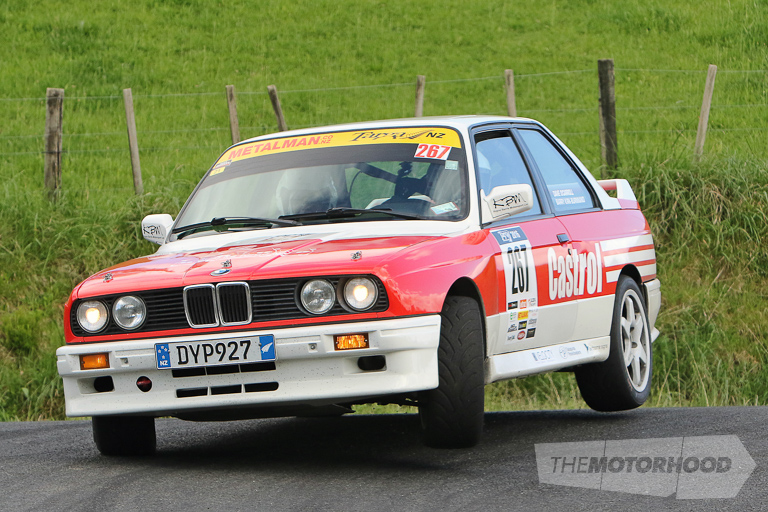This year’s Targa New Zealand event was both shorter and held earlier in the month of October than previous ones, starting at Wairakei, just north of Taupo, on Thursday, October 13, and finishing — with another memorable flourish courtesy of the local classic car enthusiasts — at Havelock North on Sunday, October 16. In-between were 640.7km of special stages, and 962km of touring from Taupo to Otorohanga in the north, Feilding to the south, and Havelock North to the east.
The new earlier date — conveniently freeing up Labour Weekend for competitors and volunteers alike — and the more compact event footprint obviously found favour with competitors and Targa tourists.
We’ve included a few additional photos that didn’t make it into the feature in the December issue of New Zealand Classic Car (Issue No. 312) — grab your copy below to read the full story.














